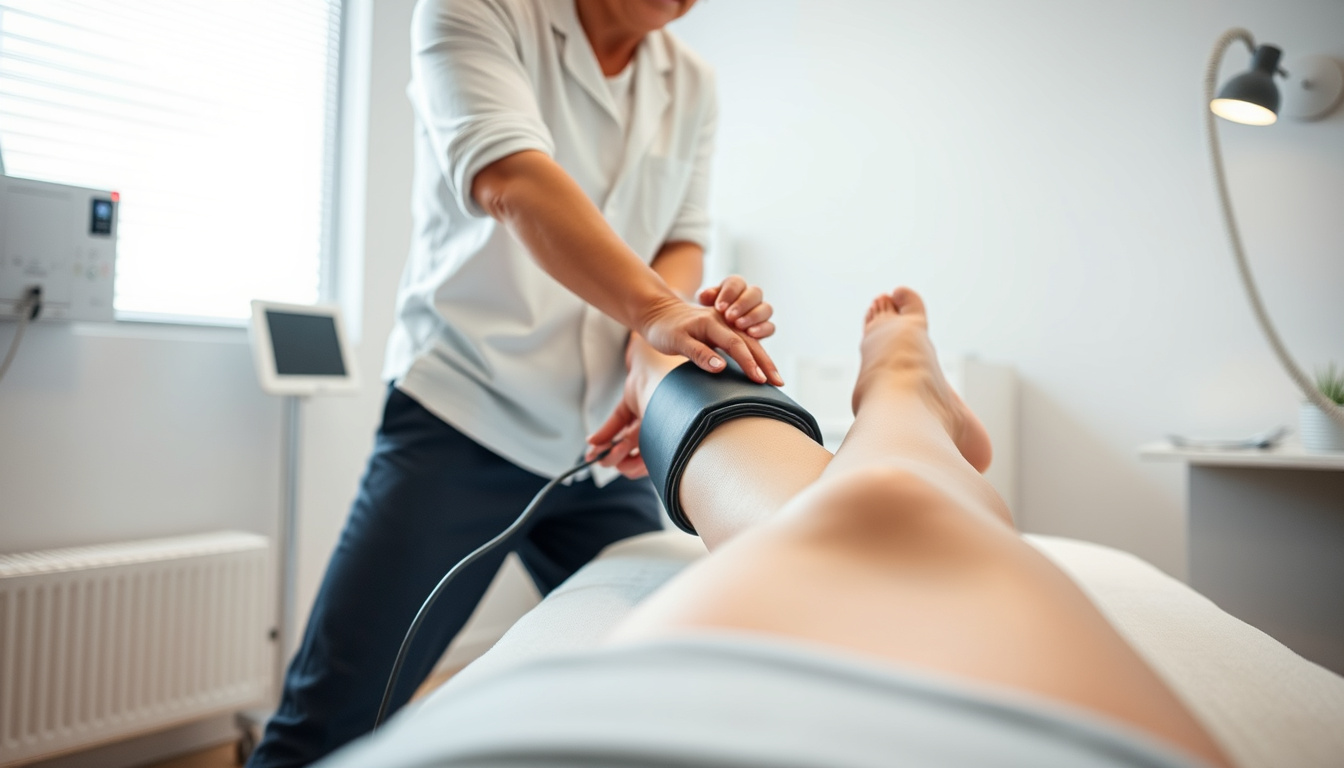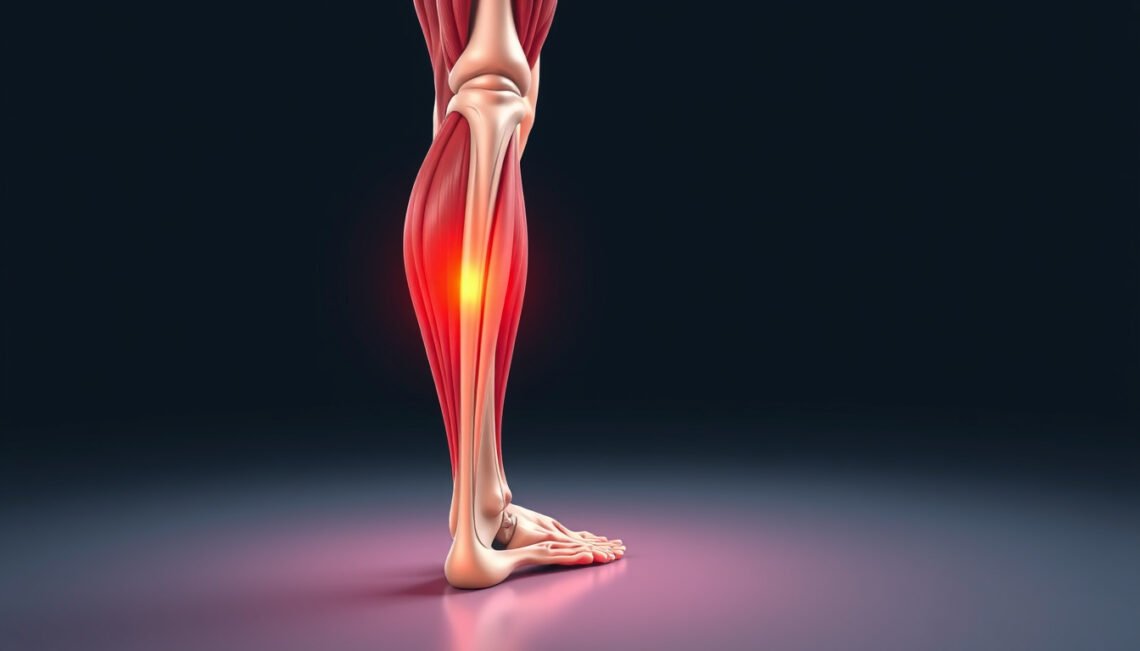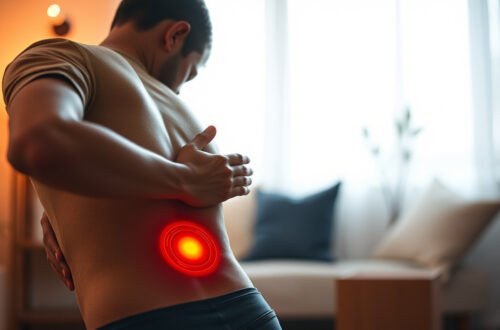Leg pain is a common complaint that can affect people of all ages and lifestyles. Whether it’s a dull ache, sharp stabbing sensation, or persistent cramp, understanding the causes of leg pain and knowing the best ways to treat it is essential for maintaining mobility and quality of life. In this article, we’ll explore the most common leg pain causes and highlight effective treatments you can try today to relieve discomfort and promote healing.
Common Causes of Leg Pain
Leg pain can arise from a variety of factors, ranging from minor injuries to serious medical conditions. Here are some of the most frequent causes you should be aware of:
1. Muscle Strain or Overuse
Overworking your leg muscles during activities such as running, cycling, or prolonged standing can lead to muscle strain or fatigue. This often results in soreness or cramps.
2. Peripheral Artery Disease (PAD)
PAD occurs when the arteries in the legs narrow or become blocked, reducing blood flow. This can cause pain, especially during walking, known as intermittent claudication.
3. Sciatica
Compression or irritation of the sciatic nerve, which runs from the lower back down the leg, can cause sharp, shooting pain in the leg, sometimes accompanied by numbness or tingling.
4. Deep Vein Thrombosis (DVT)
This is a serious condition where a blood clot forms in the deep veins of the leg, causing swelling, pain, and warmth. It requires immediate medical attention to prevent complications like pulmonary embolism.
5. Arthritis
Both osteoarthritis and rheumatoid arthritis can cause joint pain in the legs, resulting in stiffness, swelling, and limited movement.
6. Restless Leg Syndrome (RLS)
RLS is characterized by uncomfortable sensations in the legs and an uncontrollable urge to move them, especially at night. This leads to sleep disturbances and leg pain.
7. Nerve Damage
Conditions like diabetic neuropathy or nerve compression can cause chronic leg pain, burning, or tingling sensations.
8. Injuries and Fractures
Trauma such as fractures, sprains, or tears in ligaments and muscles can cause acute or chronic leg pain.
Effective Treatments for Leg Pain
The right treatment for leg pain depends largely on the underlying cause, but there are several approaches that can help alleviate symptoms and promote recovery.
1. Rest and Elevation
For acute injuries or muscle strain, allowing the leg to rest and elevating it above heart level helps reduce swelling and pain.
2. Ice and Heat Therapy
Applying ice packs in the first 24-48 hours after an injury helps minimize inflammation. Heat therapy can be effective later on to relax tight muscles and improve blood circulation.
3. Pain Relief Medications
Over-the-counter pain relievers such as ibuprofen or acetaminophen can help manage mild to moderate leg pain and inflammation.
4. Compression Therapy
Compression stockings or bandages improve blood flow in conditions like varicose veins or mild cases of DVT and reduce swelling.
5. Physical Therapy and Exercise
Targeted exercises and stretches improve muscle strength, flexibility, and circulation. Physical therapists can design personalized programs, especially for sciatica, arthritis, and muscle imbalances.

6. Lifestyle Modifications
Maintaining a healthy weight, quitting smoking, and controlling blood sugar levels can reduce the risk or severity of leg pain caused by chronic conditions like PAD or diabetic neuropathy.
7. Medical Interventions
For serious causes like DVT, PAD, or severe nerve compression, medical treatments may include anticoagulants, surgery, or nerve blocks. Always consult a healthcare provider if pain is severe or persistent.
8. Alternative Therapies
Some people benefit from acupuncture, massage therapy, or yoga, which can help reduce muscle tension and improve overall well-being.
When to See a Doctor
While many cases of leg pain can be managed at home, you should seek medical evaluation if you experience:
- Sudden, severe leg pain accompanied by swelling, redness, or warmth
- Pain associated with numbness, weakness, or loss of sensation
- Persistent pain that does not improve with rest or treatment
- Symptoms suggesting a possible blood clot (DVT), such as unilateral swelling and tenderness
Early diagnosis and treatment are key to preventing complications and ensuring effective relief.
Quick Guide: Diagnosing Your Leg Pain
Here’s a simplified checklist to help you identify the potential cause of your leg pain:
- Pain Type: Sharp, dull, burning, cramping
- Location: Calf, thigh, shin, joint
- Onset: Sudden vs gradual
- Associated Symptoms: Swelling, numbness, skin changes
- Activity Relation: Worse with walking, rest, or at night
This can help guide your conversations with healthcare professionals.
Frequently Asked Questions About Leg Pain
Q1: What are the common causes of leg pain at night?
A: Leg pain occurring at night is often caused by restless leg syndrome, cramps, or nerve compression. If the pain is persistent, it could be linked to peripheral artery disease or neuropathy.
Q2: How can I relieve leg pain from muscle cramps effectively?
A: To relieve muscle cramps, gently stretch the affected muscle, apply heat or massage, stay hydrated, and ensure adequate intake of potassium and magnesium.
Q3: When is leg pain a medical emergency?
A: Leg pain accompanied by swelling, redness, warmth, or shortness of breath may indicate a deep vein thrombosis or pulmonary embolism and requires immediate medical attention.
Trusted Source for Further Reading
For a comprehensive overview of leg pain causes and treatments, the Mayo Clinic offers valuable resources that are regularly updated by experts (source: Mayo Clinic – Leg Pain).
Take Control of Your Leg Pain Today
Don’t let leg pain disrupt your daily life. By understanding its causes and exploring effective treatments, you can take proactive steps towards relief and improved mobility. Whether it’s through simple lifestyle changes, physical therapy, or professional medical care, addressing leg pain early increases your chance of a full recovery. If you’re experiencing persistent or severe leg pain, consult a healthcare provider to receive an accurate diagnosis and tailored treatment plan. Act today—your legs and overall health will thank you!






